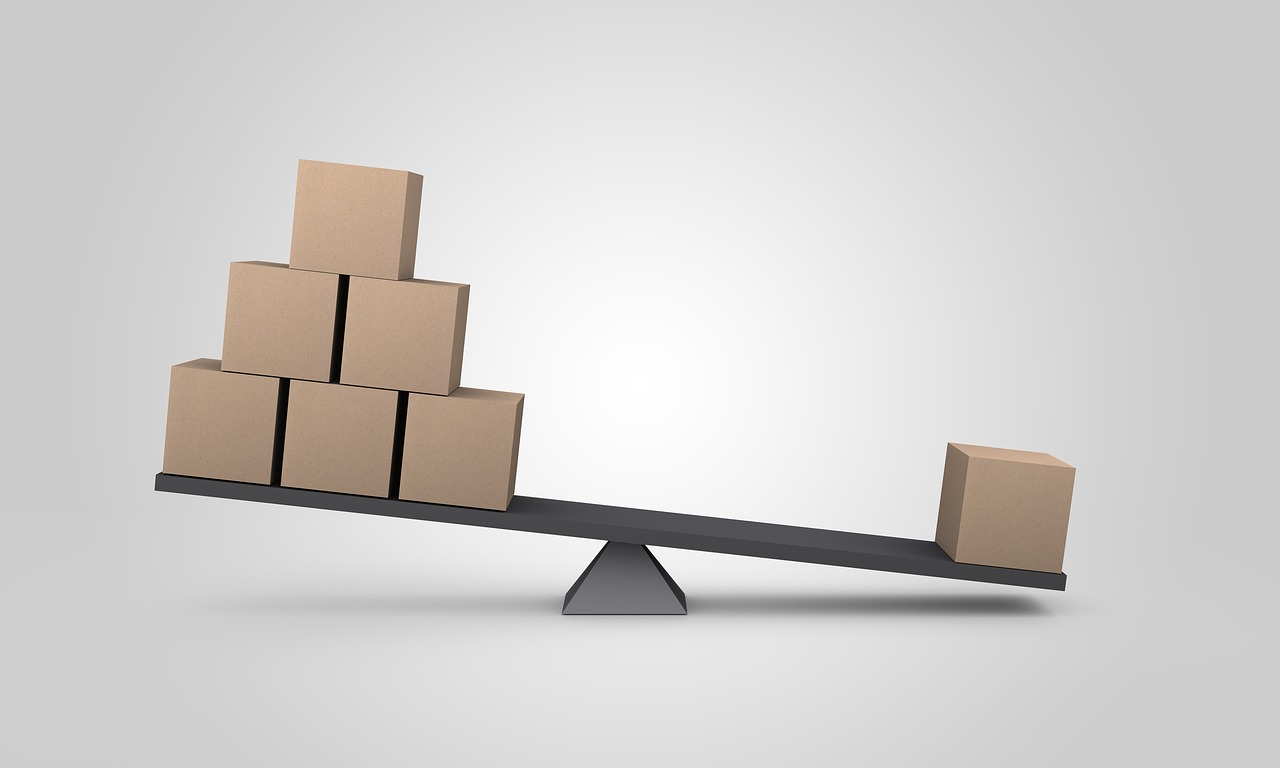Investing in commodities is all about reading the trends. Are people buying it? Will they keep buying it if the economy slows down? Will other investors drive the speculative value of commodities up? Or will it all be overshadowed by explosive growth in the stock market, leaving you with a steep opportunity cost?
Silver is one of those commodities that looks poised for a breakout. If you’ve been following the trends, you know the world is poised for a major silver supply crunch that could make investors very happy. Multiple factors are at play in silver’s story, but none more so than the looming supply crunch.
Table of Contents
You need more information about the silver supply crunch before you decide if it’s a worthwhile investment. Take a look at the factors driving the anticipation of a supply crunch.
Declining Supply
There are three major sources of silver supply in the world: mining, scrap, and governments selling their inventories.
Mining – Silver mining in the 10 largest producers in the world is down across the board from just a few years ago. Silver is naturally scarce; since prices have been so low for so long, mining companies have been reluctant to invest in exploring new sources. It’s getting increasingly expensive to find new sources of the metal.
Scrap – When you bring scrap into the equation, the direness of the supply crunch comes into focus. Scrap supply is at a 20-year low, down 30% from a high seen in 2005. One reason for that decline comes from how its use has been changing. More and more, the metal is being used in non-recoverable applications, such as medical uses, or in applications where it is difficult or uneconomical to recycle, such as electronics.
In the past, photographic film was a huge resource for easily recycled silver, as well as processing chemicals and dark room tools. As digital photography replaced old-fashioned film, a lot of scrap began to come in. A good deal of scrap also got cashed in during record-high silver prices before 2011. Today’s low prices have likely contributed to people deciding to hold onto to junk coins and silverware, while such reserves of scrap sources have already been depleted.
Government Inventories – In the past several years, many world governments have simply stopped selling off their silver inventories. Part of this is that many governments in the West no longer hold silver, opting only for gold.
Rising Demand
The second factor in the supply crunch is demand. After all, it doesn’t matter how much of a metal is being mined if no one is buying it. Market trend analysts predict that 2019 will see a 5 percent increase in demand for industrial fabrication (manufacturing uses such as alloys, solders, electronics, automotive, water purification, LED lighting, and even anti-microbial textiles).
Where is rising demand coming from and will it continue? Demand for consumer electronics will be heavily dependent on economic performance and wages. However, as the realities of a changing climate set in, many governments are investing heavily in renewable energy. As it happens, silver is one of the crucial components of solar panels, thanks to its use in photovoltaics.
With these factors in mind, investing in silver could be a prescient move right now.
